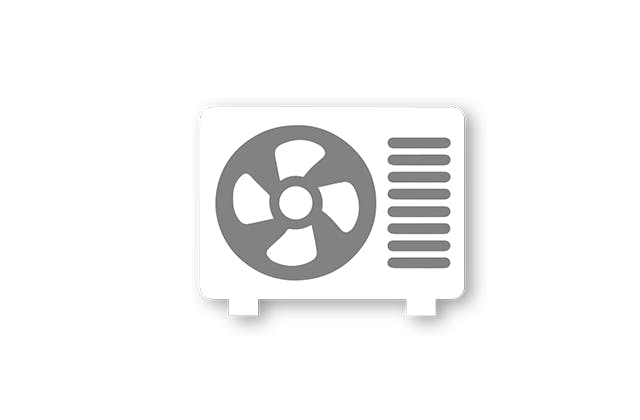When selecting a heat pump, there are numerous things to take into account. You must consider each system's expenses and efficiency. You also need to consider how practical it is to install it and the space that is available in your home, both inside and outside.
In this blog, we examine the fundamental distinctions between the two most popular kinds of heat pumps, air source and ground source heat pumps, to assist you in making a better choice for effectively heating your house.

Difference between air source and ground source heat pumps
How do heat pumps work?
Heat pumps work by absorbing heat from the outside and transferring it into a fluid. This fluid is then compressed to increase its temperature and the central heating system then receives this heat transfer from the compressed fluid.
Finally, this is used to help heat hot water and for heating.
Simply put, the biggest difference between the two is the source of heat. Ground source heat pumps absorb heat from the earth, and air source heat pumps absorb heat from the air.
Cost of Heat Pumps
The installation costs between the two heat pumps can vary. Both ground source and air source heat pumps share several cost issues, such as:
- The size of your home.
- Whether the home is brand-new or already built.
- How much prep work is required for the conversion, such as if a new power supply is required from your fuse box to where the heat pump will be installed.
- Whether the heating engineer suggests replacing old radiators in order to boost efficiency.
Requirements to install an Air Source Heat Pumps
When compared to ground source heat pumps, air source heat pumps are simpler and quicker to install. They are placed outside your home and have the appearance of air conditioning units. They also feature an internal unit that is comparable in size to a conventional boiler.
Your house's heat demand will determine which size air source heat pump you should get. The bigger your home, the bigger the heat pump unit you'll require.
The unit won't take up much exterior space, but it will be noticeable from the outside of your home and the fans make noise while the heat pump is operating. Your heating engineer will take this into account and advice you on the best size for your home and whether this noise may have an impact on your neighbours.

Requirements to install Ground Source Heat Pumps
One of the first questions to ask yourself when considering installing a ground source heat pump is whether or not you have an adequate outside area for a ground loop. The ground loop can be fitter both vertically or horizontally and it will need a great amount of space in your garden. Because of this, you'll also need to make sure the soil is adequate for digging.
Additionally, because the heat pump unit is around the size of a big fridge, you will need to make space for it inside your home. Depending on the model you go for, it could or might not include an integrated hot water cylinder.
The installation of a ground source heat pump might take several weeks since it requires extensive planning and labour. However, after it is installed, the pipes for your new ground source heat pump won't be seen and won't alter the appearance or functioning of your home or garden.
Which one should you choose?
Although these two kinds of heat pumps function similarly, their installations and specifications vary. Both provide energy-saving advantages that might lower your energy expenditures and increase the effectiveness and efficiency of home heating.
Others may need to spend more time to thoroughly assess the demands of their home and may find it simpler to pick between an air source and ground source heat pump if their options are limited by their budget or available space.
At Green & Reliable Heating, we can help you through this process. Our heating engineers are available throughout Malton, Wetherby, York and Harrogate. Simply get in touch by calling us on 0800 118 2467 or 07717 574 470 and we will be happy to help.


